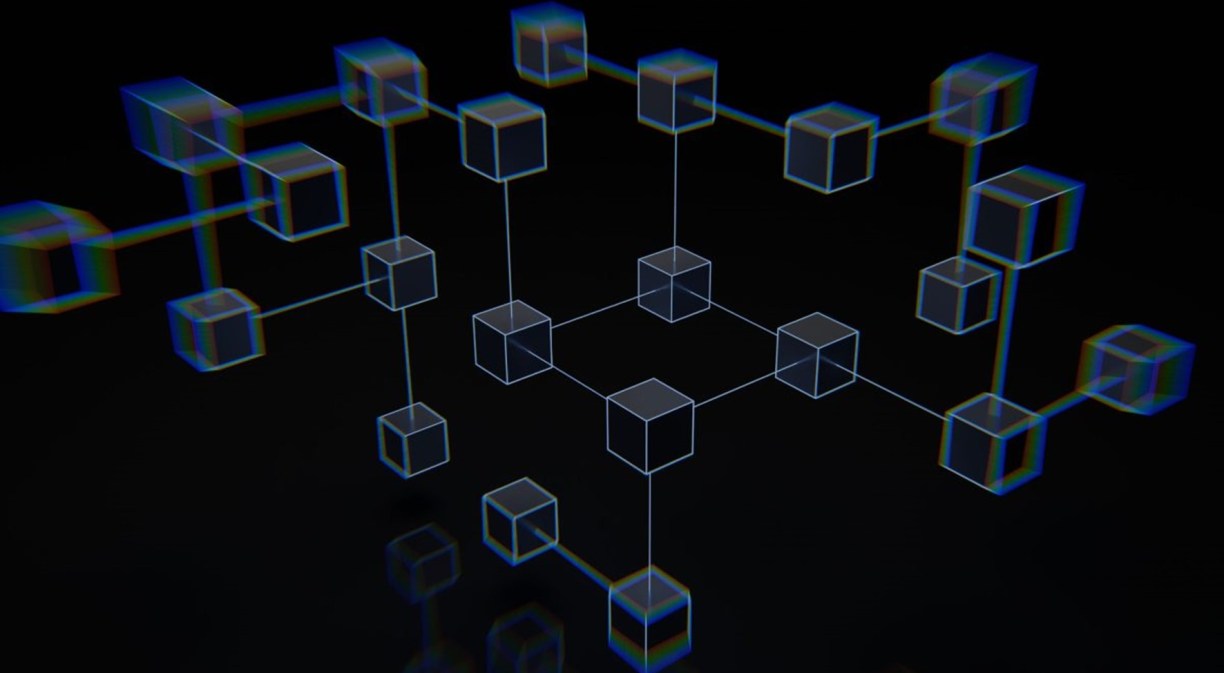NFTs have become increasingly important in the digital environment, spanning sectors such as art, fashion, the metaverse and play-to-earn (games where the rewards are digital assets). This would not be possible without the development of blockchain technologies, which form the basis of the entire environment of decentralised finance and cryptocurrencies such as Bitcoin and Ethereum.
What is blockchain?
Blockchain is a computer technology that allows a decentralised record of digital transactions to be kept. It is something like a public record book in which every movement is recorded, with no possibility of altering the history.
Its creation is attributed to Satoshi Nakamoto a person or collective responsible for Bitcoin and the technology behind it, i.e. blockchain.
We are talking about a decentralised database, supported by a network of nodes that represent connection points to the network. The information is structured in encrypted blocks that must be validated before being included in the blockchain. Some of its particularities are:
- The validated blocks follow a historical sequence.
- The network is not controlled by individuals or institutions, on the contrary, it is decentralised
- Once added to the blockchain, records cannot be modified.
This translates into a structure that provides full transparency of operations, with full independence. This has broadened the applications of blockchain, ranging from finance to decentralised identity registries, among many others.
Ethereum: the basis for NFTs
From the blockchain comes Ethereum an open source platform that allows the creation of smart contracts, pieces of code created in programming language where specific instructions would be expressed and executed by the Ethereum virtual machine.
As we saw in a previous article, Ethereum is the platform on which non fungible tokens (NFTs) are based, unique and irreplaceable digital assets that operate on the blockchain, giving them a unique value.
This has allowed companies to monetise their digital operations, as well as opening up a world of opportunities for artists, as NFTs can be digital artwork, sound, text or any file backed by a digital certificate generated on the blockchain.
NFT: unique and irreplaceable elements
An NFT can only be hosted at one address on the network, cannot be duplicated and can only be transferred using a private key. As transactions are recorded on the blockchain, we can access the historical record and confirm the provenance of digital artworks on the market.
To do this, we only need to enter the public key of the NFT in Etherscan a free-to-use blockchain explorer that allows access to information such as wallet addresses, smart contracts and blockchain transactions.
In this way, we can navigate the blockchain and access valuable information to check, for example, the authenticity of digital artwork or any other NFT.
A technology with diverse applications
Blockchain is not limited to the world of cryptocurrencies and NFTs, but extends to methodologies and protocols that are being implemented in different industries, due to their efficiency and transparency.
As a database infrastructure, it offers great advantages in validation, storage and security services to both governmental and private entities. Similarly, thanks to Blockchain as a Service (BAaS), companies in various sectors can take advantage of the benefits of this set of technologies.
Undoubtedly, blockchain is reshaping the market, and understanding how it works and its applications is key to adapting to new trends and, in doing so, optimising various processes.












